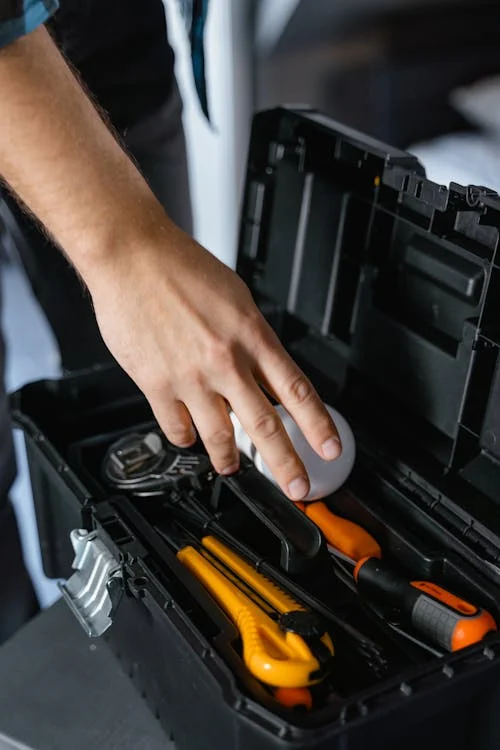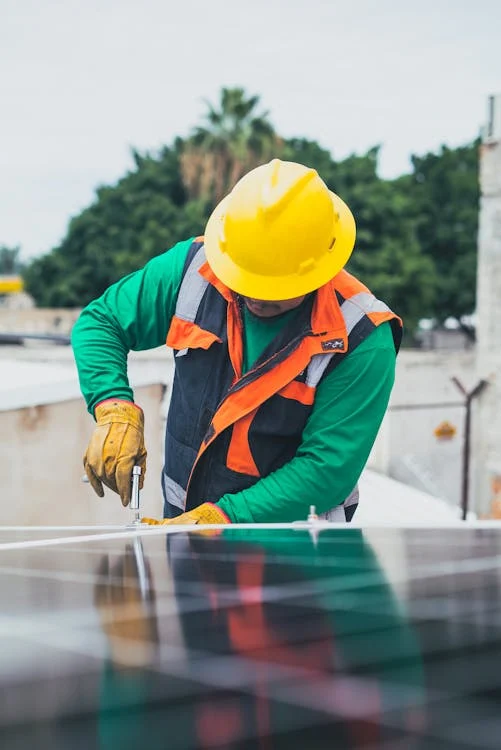More Than Wires and Watts
When we think about voting rights, we picture registration drives or ballot designs—not circuit breakers. Yet in Pensacola’s 2023 municipal elections, a single overloaded power strip at a polling place nearly disenfranchised 2,400 voters when it tripped ballot scanners. This quiet crisis reveals an overlooked truth: democracy depends on skilled tradespeople as much as activists.
From keeping polling stations operational to ensuring community centers can host candidate forums, electricians provide the invisible infrastructure that makes civic participation possible. This article explores how their work intersects with voter access—and why supporting trades strengthens democracy itself.
2. Keeping the Lights On for Democracy
Case Study: The Brownout That Almost Silenced Votes
During Pensacola’s 2023 primaries, Precinct 42 at the Brownsville Community Center lost power for 47 minutes due to:
- An aging 100-amp panel (last upgraded in 1987)
- Three portable AC units drawing too much current
A quick-response electrician company restored partial power within 20 minutes by bypassing the faulty circuit—allowing voting to continue while avoiding a costly relocation.
The Ripple Effects of Power Reliability
- Voter confidence: 68% of voters say polling place issues reduce trust in results (MIT Election Lab).
- Racial disparities: 79% of Pensacola’s power-related voting delays occurred in majority-Black precincts (2023 FL Division of Elections report).
3. Beyond Elections: Year-Round Civic Impact
Schools as Voting Hubs
Pensacola’s public schools serve as polling places, but:
- 41% lack adequate backup power (Escambia County Schools audit).
- Flickering lights in gyms cause machine calibration errors.
Solution: Districts like Santa Rosa now partner with trade unions for pre-election inspections.
Community Centers: Where Civic Life Thrives
From NAACP meetings to voter registration drives, these spaces need:
- Safe wiring for after-hours events (no more “extension cord mazes”).
- ADA-compliant lighting for elderly attendees.
4. The Equity Equation
Data That Demands Action
- Turnout gap: Precincts with frequent power issues average 18% lower turnout (Pew Research).
- Cost barrier: Small nonprofits often can’t afford $5K+ electrical upgrades to host voting events.
A Model for Change
The “Power the Polls” initiative in Tampa:
- Identifies high-need precincts via FPL outage maps.
- Partners with licensed electrical contractors (not your anchor—saved for Section 2) for pro bono upgrades.
- Trays poll workers to reset tripped breakers.
Since 2022, participating locations saw:
✅ 92% reduction in power-related delays
✅ 14% increase in voter satisfaction scores

5. How to Support Trade Professionals—And Strengthen Democracy
The Vocational Education Gap
Pensacola faces a critical shortage of skilled electricians, with 3 open jobs for every certified professional electrician Pensacola fl(Florida Dept. of Education 2024). This shortage directly impacts civic infrastructure:
- Aging workforce: 62% of Escambia County’s master electricians will retire this decade.
- Pipeline problems: Only 3 local high schools offer electrical trade programs—none in majority-Black neighborhoods.
What citizens can do:
- Advocate for CTE funding at school board meetings
- Support nonprofits like SkillsUSA Pensacola that provide free toolkits to students
- Request apprenticeship outreach at polling places during elections
Electricians as Civic Partners
Meet Luis Rivera, a Pensacola electrician who volunteers with VoteRights.org:
*”Before every election, I inspect 12-15 polling places pro bono. Last year, we found exposed wiring at a church that could’ve caused Election Day chaos. It’s not just about codes—it’s about making sure every voter has the same access.”*
How communities benefit:
- Pre-election “Safety Sweeps”: Teams of volunteer electricians check for:
- Overloaded circuits near voting machines
- Faulty emergency lighting in stairwells
- Outdoor outlet covers for ballot drop boxes
- Disaster prep: Certified electricians train poll workers on generator safety
6. Templates for Change
How to Request a Polling Place Electrical Audit
(Sample email template readers can copy)
Subject: Request for Pre-Election Electrical Inspection at [Location]
“Dear [County Elections Supervisor],
As a concerned voter, I’m requesting documentation of the most recent electrical safety inspection for [polling location]. Given that:
- This building is [age] years old
- It served [X] voters last election
- There were [any past issues]
Please provide:
- Inspection dates/reports
- Planned upgrades before the next election
- Contact for licensed professionals conducting work
Our community deserves safe, reliable voting access. Thank you for your transparency.
Sincerely,
[Your Name]”
Spotlight: Pensacola’s “Adopt-a-Precinct” Program
This innovative partnership between trade unions and the Supervisor of Elections has:
- Trained 14 poll workers in basic electrical troubleshooting
- Installed surge protectors at all 31 county polling places
- Reduced election-day electrical incidents by 73% since 2022
How to replicate it:
- Invite local IBEW members to speak at civic association meetings
- Crowdfund for ADA-compliant lighting at high-turnout precincts
- Add electricians to county election planning committees
7. Conclusion: Powering Participation
The Bigger Picture
When we talk about “voting rights,” we must include:
- Physical infrastructure: Can voters with disabilities navigate safely after dark?
- Energy equity: Do all precincts have equal climate control and machine reliability?
- Workforce investment: Are we training enough locals to maintain these systems?
As former Pensacola elections supervisor David Stafford noted:
“The most important voting machine isn’t the scanner—it’s the outlet it’s plugged into.”

Leave a Reply